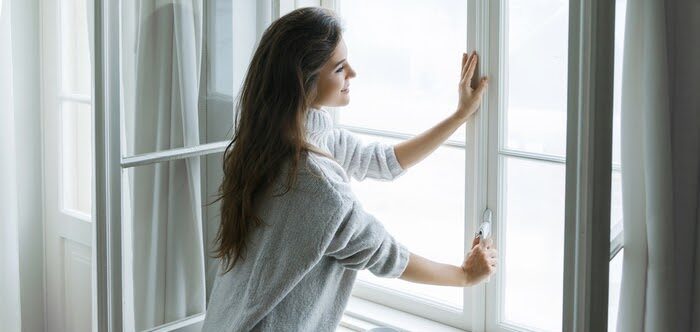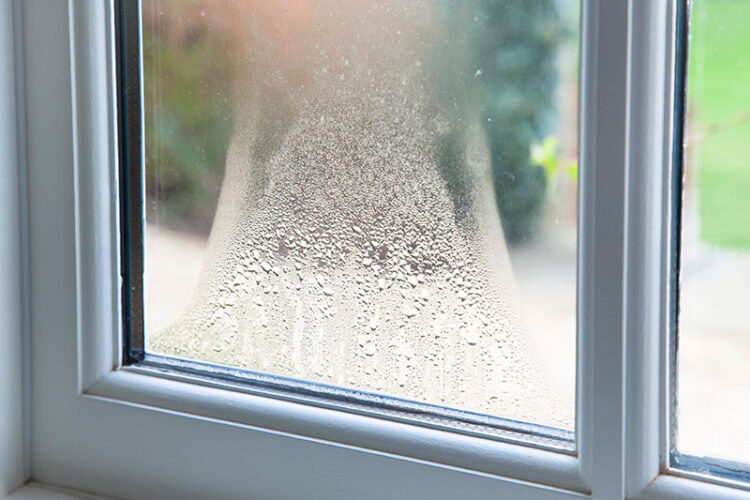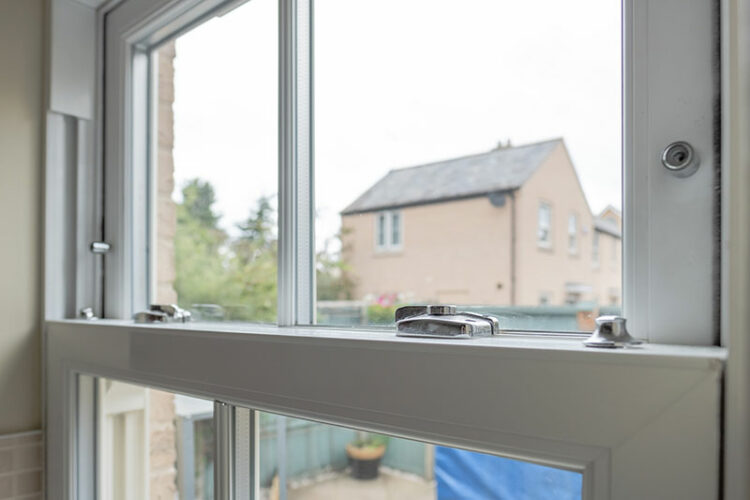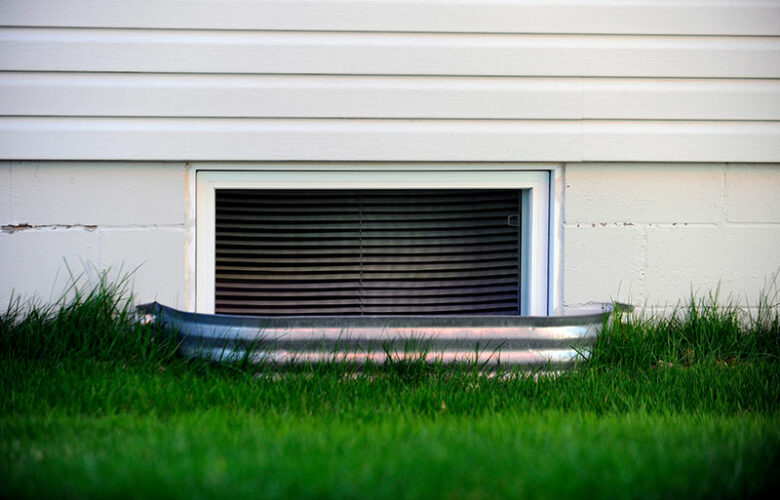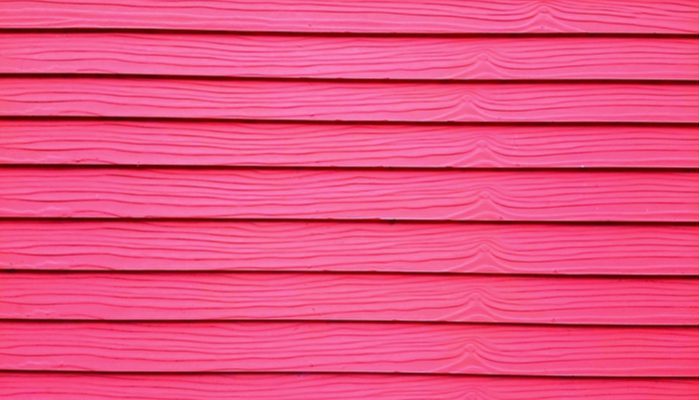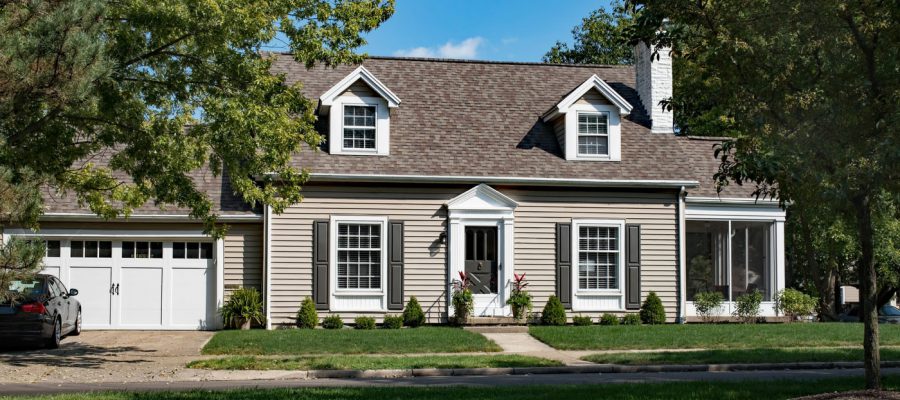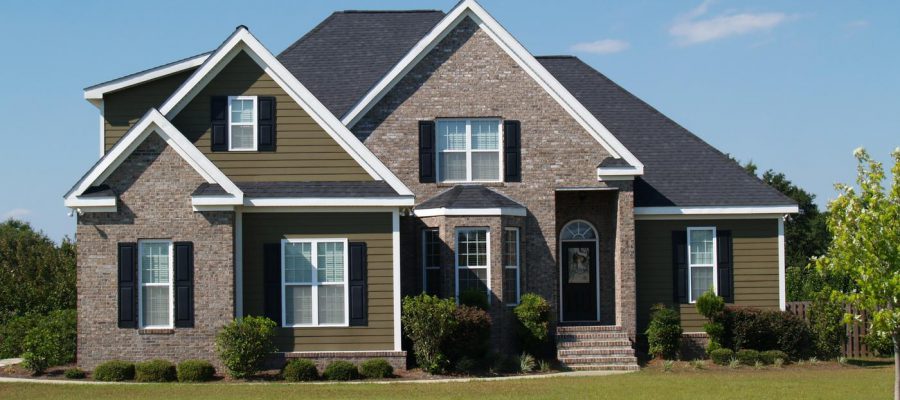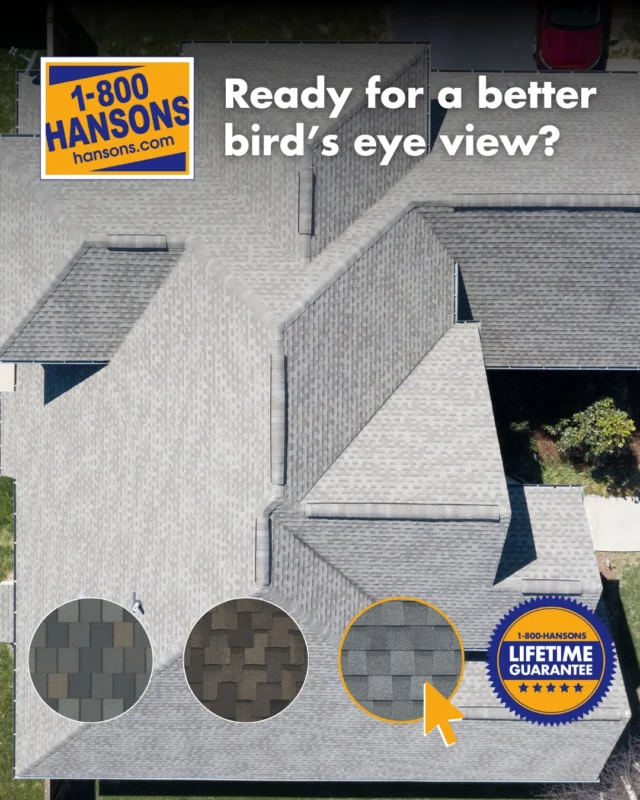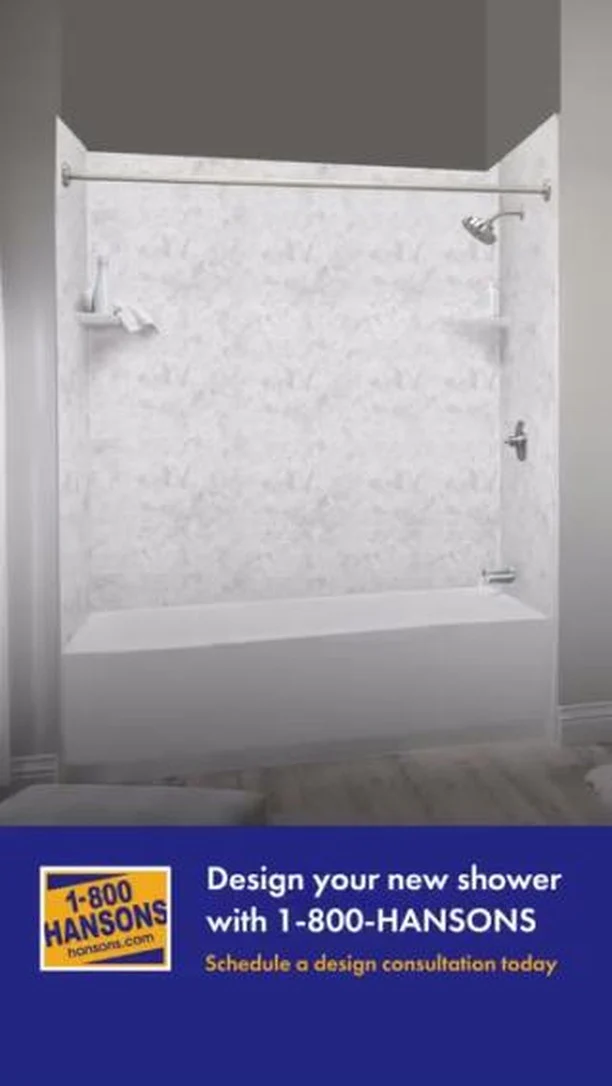What is a Casement Window?
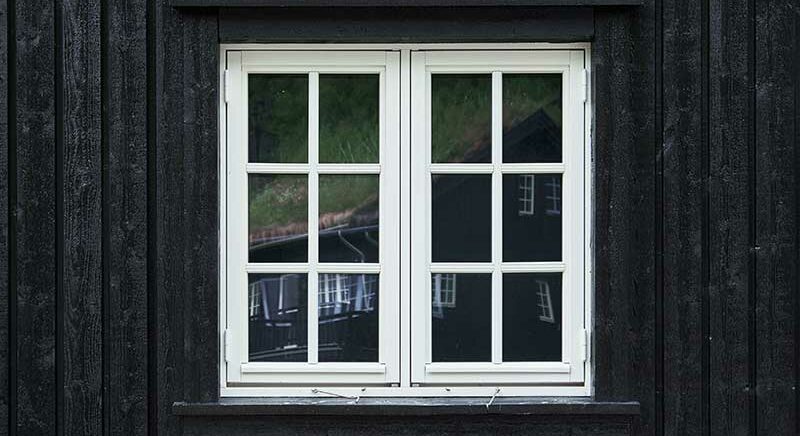
When the first casement windows hit the market, manufacturing practices were firmly entrenched in the 18th century. In those days, windows needed dividers and transoms for strength, so decorative mullions were an integral part of their design. Spring catches and cast-iron handles lent a rustic aesthetic to medieval casement windows, but they’ve come a long way since then.
Contemporary options usually have a minimalist design, but modern technologies can add solar power, crank openings, and retractable awnings to the mix. Innovative new features have made it easy for homeowners to balance their design priorities.
What is a casement window?
In rudimentary terms, the word “casement” merely refers to the portion of a window that can open, but when we use the term “casement window” we usually mean a design that opens horizontally from its own frame. Hinges are typically at the side, and panes can be attached singly or in pairs.
Get a Free Estimate Today
50% off installation. Special financing available. See details.
What’s in a name?
The word “casement” has its origins in 14th century France. Back then, it referred to a receptacle or outer protective covering. Two centuries later, the word evolved to define protective coverings with their own frame. Traditionally, casements were built in two oblong frames, so it’s only natural that the word would soon come to represent casement windows.
What’s behind the popularity?
There’s a reason casement windows have outlasted the centuries. They’re elegant, safe, and energy efficient. Their shining achievement, however, is their capacity to outshine the ventilation capabilities of all alternatives. This design feature also makes casement windows the perfect egress products. Few windows can beat the tightness of their seal, so they win in the energy efficiency stakes as well.
Unlike sash windows, they can’t be pried open with a crow bar, so their security benefits cover enormous scope. In recent years, casement windows have surged in popularity, particularly in larger models. Their capacity to provide natural lighting and thermal resistance has given them a starring role in the industry. Their uninterrupted views are another part of their charm.
What’s the difference between casement and sash windows?
Sash windows are the only products on the market that can rival the popularity of casement windows. The former relies on a pulley system and sliding mechanism to open. In contrast, casement windows use a hinge, so they fit more tightly into their frame. Don’t underestimate the power of a little tightness.
That snug fit translates into superb energy efficiency, security, and thermal resistance. Sash windows might be elegant, but they’ve earned a reputation for their leakiness. Air transmission is a certainty when sashes have anything to do with it. Casement windows’ climate response wins out in all seasons.
Their wide openings allow more ventilation in summer, so you can enjoy an unhindered passage of air on sweltering days. They might be more expensive than sash-based designs, but they pack plenty of extra punch. If you’re working on maximizing your home’s insulating powers, there’s no better option. Casement windows aren’t perfect for all rooms, though. They open outward, so they need a fair amount of unimpeded space. If you’re building onto a patio or overgrown garden, sash windows might be your only alternative.
What’s the difference between double hung and casement windows?
Double hung windows are built from two sashes that slide up and down within their frame. This allows them to open from the top or bottom, but that feature also keeps half of the opening closed at any given time. If you have pets or small children, that’s a useful safety feature, but if you love to feel the summer breeze on your skin, casement windows are unbeatable.
They also offer an unimpeded view of your surroundings, so if you love nothing more than to sit in front of your windows taking in the lush vistas around you, this is the design for you. Both casement and double hung windows fit snugly into their frames, but they aren’t equals in the energy efficiency stakes. Casement windows offer a slightly tighter fit and, while both options are durable, casement windows’ outward openings offer a little extra rain protection.
That affects privacy screen and netting placement, though. You need to attach screens to the outside of double-hung windows and the inside of casement designs. If it’s ease of cleaning you’re aiming for, double hung windows’ capacity to tilt inwards will make housework a little easier, so they’re often preferred for upper floors.
Your windows are all that stands between you and Mother Nature, so their design features need to tolerate your climate well. Casement windows are one of the best options on the market for exactly that reason. They offer natural ventilation, thermally-resistant winters, and uninterrupted views. They’re the perfect weather-safe upgrade, and their return on investment is just as impressive.
Replacement casement windows
Our casement windows are fusion welded for enhanced strength, corrosion resistance, and better thermal performance. Last but not least, our window replacements come with an unlimited lifetime warranty. Let’s find out if casement windows are the right choice for you.
Casement windows have a more traditional window style, are less decorative, and are among the easiest to recognize. You will find them to be vertical rectangles with a single pane of glass. How they operate is what makes them distinctive. Instead of sliding up and down (like hung windows) or side to side (like slider windows), casement windows have a hinges at the side and usually open outward.
Casement windows may be your best choice if you’re looking for good replacement windows. They can come single or in pairs and remain open by using casement stays.
How casement windows work
Casement windows have two or more hinges on the side (similar to door hinges) that allow for a 90-degree movement. For a weather-tight and secure seal, they have an easy-to-reach level that simultaneously activates multiple locks. Simple casements have a handle that activates a curved hook that secures onto the window sash.
They can be made of any material, including aluminum, wood, steel, fiberglass, and vinyl. Typically, they come with double-pane glass but customization allows the to have triple layers to be more energy efficient.
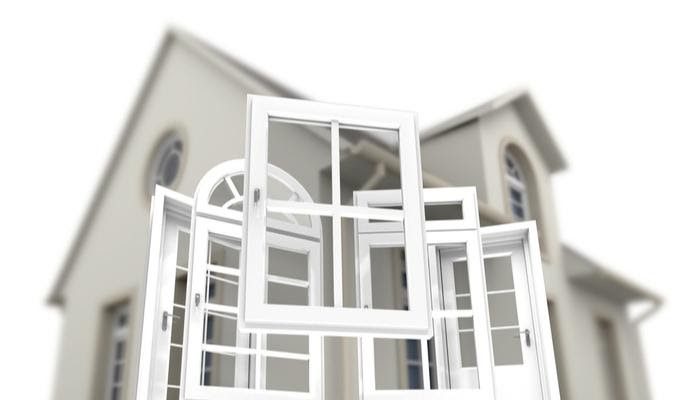
Casement windows vs other window types
Vs double hung
Both casement and double hung windows can be used with a variety of architectural styles. Casements have a sleek and unobtrusive look that makes them very popular in modern design. On the other hand, double hung windows have come to be associated with traditional Georgian and Victorian design. Casement windows tend to be tall and narrow and swing out vertically. Modern casement windows have one panel of glass. This makes for an uninterrupted view of the outside. Double hung windows usually have two panels that open by either sliding up and down or from side to side.
Vs awning windows
Casement windows are hinged at the side and open outward, while awning windows are hinged at the top. Casements are used for openings where the height is greater than the width. Awning windows, on the other hand, are made for openings in which the width is greater than the height. Casement windows are the only window type available that fully open, which makes them easy to clean.
Awning windows have the benefit of rain running off the opened window, so it does not get inside. The two window types are very similar in many aspects: great ventilation, easy cleaning and unobstructed views. An awning window is kind of like a casement turned 90 degrees!
Vs picture window
Casements open and close for ventilation, while picture windows are fixed with tight seals. If you want the feel of a gentle breeze flowing through your home, then casements are the way to go. Both are great for an unobstructed view of the outdoors.
Vs sliding window
Both casement and sliders are perfect for creating expansive viewing areas and allowing ventilation for your home. The main difference: a slider window may last longer because it has fewer moving parts. Let’s not give up on casements just yet. A casement is much easier to clean both sides and some experts believe they seal better than a slider.
Advantages of casement windows
Modern casements offer a more streamlined and modern aesthetic. Window grids divide them into several panes, or you can go for an unobstructed view. Casements have more design versatility and can find their place in any home design.
Energy efficiency
When it’s closed, a window sash presses against the frame, creating an airtight seal that improves insulation and energy efficiency.
Better security
casement windows have embedded hook-shaped locks, which are impossible to reach from outside. That makes them tough to break, and burglars don’t see them as vulnerabilities or weak spots. Also, they make a great fire escape in case of a fire emergency.
More fresh air
They allow for better airflow in and out of your home because they open and close smoothly.
Enhanced home appearance
They have a beautifully beveled design that accentuates the glass, are elegant, and have a 90-degree movement. They look beautiful anywhere in a house and can instantly modernize it.
When looking for a replacement window, there are a few things you should take into consideration. The first one is the climate (general weather and temperatures), which dictates whether you’ll need single, double, or triple pane windows. If you are more interested in air infiltration, casement windows are a good option because their casement sash and seal meet straight on. They can provide air movement whenever you want it.
Need help with a window project? Click here for a free estimate.
Related articles:
The benefits of slider window installation
Bay and bow windows: what’s the difference?

